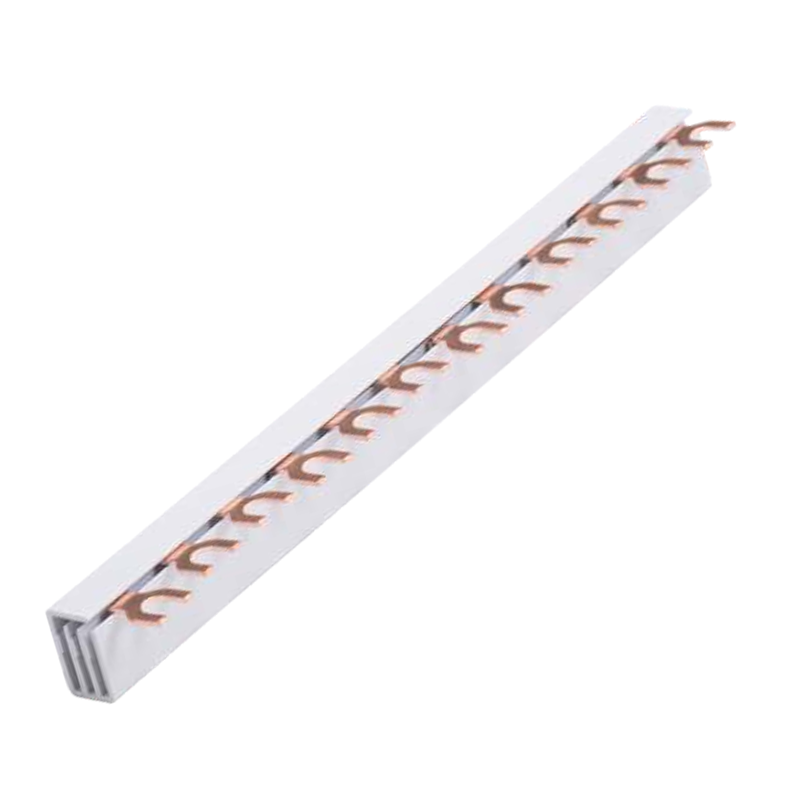Busbar Safety Standards: Regulations, Certifications, and Compliance Guidelines
As the backbone of power distribution systems, busbars must meet stringent safety and compliance requirements to ensure safe, efficient, and reliable electrical operation. Whether used in low-voltage residential panels or high-capacity industrial switchgear, busbars are subject to international and national safety standards that govern their design, materials, installation, testing, and ongoing inspection. In this detailed guide, we explore the most important busbar safety standards, regulatory frameworks, industry certifications, and compliance best practices that electrical professionals must understand to reduce risks and meet legal obligations.
1. The Importance of Busbar Safety Standards
Busbar safety standards are crucial for minimizing hazards such as overheating, electrical arcing, corrosion, short circuits, and mechanical failure. These standards serve several core purposes:
- Protect life and property: By enforcing insulation, spacing, and current-carrying rules, safety codes prevent electrocution and fires.
- Ensure product reliability: Adhering to recognized safety standards extends the life of busbar systems and reduces maintenance downtime.
- Support interoperability: Standardized busbars integrate more easily with OEM components and third-party systems.
- Meet legal obligations: Non-compliance can result in liability, fines, or voided insurance claims.
2. Key International Busbar Safety Standards
2.1 IEC Standards (International Electrotechnical Commission)
The IEC is a global authority for electrical safety standards. Major IEC standards related to busbars include:
- IEC 61439: Defines requirements for low-voltage switchgear and controlgear assemblies, including busbar systems.
- IEC 60204: Covers electrical equipment of machines and includes rules for internal wiring and busbar integration.
- IEC 60529: Specifies IP protection ratings against solid objects and water ingress, essential for busbar enclosures.
2.2 UL Standards (Underwriters Laboratories)
UL standards are widely used in North America and serve as the basis for third-party product certification:
- UL 857: Standard for Busways – covers testing, temperature rise, dielectric strength, and grounding.
- UL 891: Standard for Dead-Front Switchboards that integrate busbar systems.
- UL 508A: Applies to industrial control panels with integrated busbar assemblies.
2.3 National Electrical Code (NEC) – USA
The NEC (NFPA 70) outlines detailed installation guidelines for busbar systems, particularly regarding grounding, overcurrent protection, and ampacity calculations.
2.4 CSA (Canada) and CE (Europe) Requirements
- CSA C22.2: Canadian standards for busways and busbar assemblies used in commercial and industrial facilities.
- CE Marking: Requires compliance with EU directives on low-voltage electrical safety, EMC (electromagnetic compatibility), and RoHS (hazardous substances).
3. Busbar Certification and Testing Procedures
3.1 Type Testing
Type testing verifies that a busbar system meets standard-defined performance benchmarks. It includes:
- Temperature rise testing
- Dielectric strength test
- Short-circuit withstand testing
- Mechanical impact resistance
3.2 Factory Routine Testing
Every manufactured busbar must undergo routine tests to confirm quality and consistency:
- Insulation resistance check
- High-voltage withstand test
- Continuity and dimension check
3.3 Third-Party Certification
Independent organizations like UL, TÜV, and Intertek certify busbar products based on performance and safety criteria. Certified products carry appropriate labels (e.g., UL Listed, CE Mark).
4. Regulatory Compliance and Legal Considerations
4.1 Occupational Safety and Health (OSHA)
OSHA regulations enforce workplace safety through rules that mandate proper installation and maintenance of busbar systems.
4.2 Fire Code Compliance
NFPA 70 and NFPA 79 include provisions that impact how busbars are rated, enclosed, and protected against thermal events.
4.3 Environmental Regulations
Busbar systems must comply with RoHS, REACH, and WEEE standards that restrict hazardous substances and promote recyclability.
5. Installation Guidelines for Safety Compliance
5.1 Proper Ampacity and Derating
Ensure that the busbar’s cross-section and material composition support the required current load. Apply temperature and grouping derating factors.
5.2 Clearance and Creepage Distances
Minimum distances must be maintained between conductors and from conductors to enclosures to prevent arcing:
- IEC 60664 specifies creepage requirements.
- UL and NEC define clearance values for different voltage classes.
5.3 Grounding and Bonding
Proper grounding ensures electrical faults are safely redirected to earth, protecting equipment and personnel.
5.4 Overcurrent and Short-Circuit Protection
Use appropriate fuses or circuit breakers that match the busbar’s short-circuit withstand rating. Coordination with upstream/downstream protection is essential.
5.5 Enclosure and Environmental Protection
Busbar enclosures should meet IP/NEMA ratings appropriate for the environment (e.g., outdoor, humid, dusty, or corrosive conditions).
6. Risk Assessment and Safety Audits
6.1 Electrical Risk Analysis
Perform arc flash studies, thermal imaging, and load analysis to evaluate potential failure modes and corrective actions.
6.2 Periodic Inspections
Establish maintenance schedules that include visual inspections, torque checks, IR scanning, and insulation testing.
6.3 Safety Documentation
- Keep records of compliance certificates, test reports, and installation checklists.
- Label busbar systems with identification, rating, and warning information.
7. Emerging Trends in Busbar Safety Compliance
7.1 Digital Twin Technology
Using digital simulations to model busbar system performance and failure scenarios before physical deployment.
7.2 IoT-Enabled Monitoring
Smart sensors embedded in busbar systems provide real-time temperature, current, and insulation resistance data for predictive maintenance.
7.3 Sustainable Compliance
Eco-friendly busbar materials (e.g., halogen-free insulation) are increasingly in demand to meet both safety and sustainability goals.
8. Best Practices for Compliance in Real-World Projects
- Engage a certified electrical engineer during system design.
- Select suppliers that provide certified products and documented test results.
- Train personnel in safe busbar handling and maintenance.
- Use 3D CAD tools to verify spacing and layout before installation.
Conclusion
Complying with busbar safety standards is not just a regulatory obligation—it is a strategic imperative for ensuring electrical system performance, user safety, and long-term reliability. Whether you’re a manufacturer, installer, or facility manager, understanding these standards and implementing best practices is essential for reducing liability, achieving certification, and delivering value to end users. By investing in certified products and rigorous quality processes, you position your systems for compliance today and resilience tomorrow.



